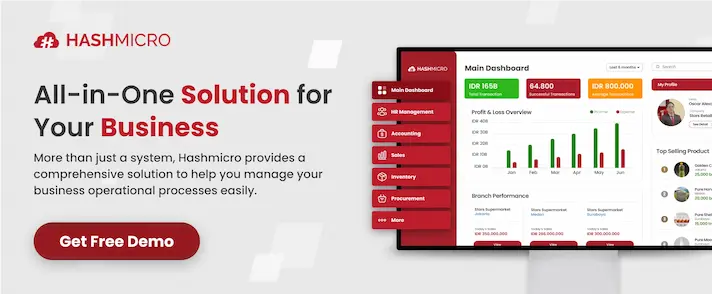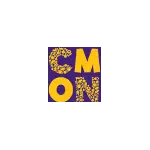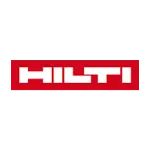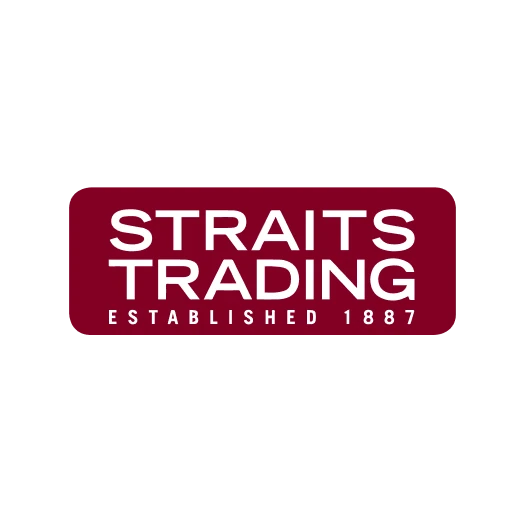Do you struggle to proactively reach decision-makers and consistently fill your pipeline with qualified opportunities? Outbound prospecting puts you in the driver’s seat, helping your team take initiative rather than waiting for inbound interest.
Nearly 86% of B2B companies rely on outbound tactics to hit their sales targets, and 59% plan to invest more in this approach next year. This makes mastering outbound techniques essential for consistent lead generation and hitting revenue targets, especially as competition intensifies across industries.
By engaging prospects directly through phone calls, emails, or social outreach, outbound prospecting empowers you to spark conversations and qualify leads before they even consider your competitors. With a strategic framework, this method can consistently turn cold contacts into meaningful business opportunities.
Next, we’ll explore what is outbound prospecting, its purpose, core benefits, and how it stacks up against inbound approaches. After that, you’ll learn exactly how to build an effective strategy for outbound prospecting that drives real results.
Key Takeaways
|
What is Outbound Prospecting?
Outbound prospecting refers to a sales approach in which companies take the initiative to identify and connect with potential clients who have not yet expressed interest in their product or service. Unlike inbound methods, which rely on attracting leads through content or organic search, outbound tactics focus on proactive outreach.
Typically, this approach includes cold calls, email campaigns, direct social messages, or event-based engagement. Through these channels, the goal is to introduce the company’s offerings, initiate conversations, and gradually move prospects into the sales pipeline via targeted, structured interactions.
Because outbound leads often start with little to no brand awareness, it becomes essential to create relevance early in the conversation. As a result, organizations that implement strong outbound prospecting strategies often see improved lead flow and more predictable revenue outcomes, making it a cornerstone of scalable business development.
Purpose of Outbound Prospecting

Outbound prospecting plays a foundational role in modern sales strategies. Instead of waiting for leads to appear, this approach empowers sales teams to take initiative and build pipelines proactively. Through this direct method, businesses can uncover new opportunities that may otherwise remain untapped.
Generate awareness among potential leads
The first step of outbound prospecting is to introduce the brand or solution to individuals or organizations who may not yet know it exists. This awareness phase is essential in capturing interest and creating initial engagement with prospects.
Initiate conversations with high-intent prospects
Rather than relying solely on inbound signals, outbound efforts target leads who fit the ideal customer profile. The goal is to initiate meaningful interactions that pave the way for deeper engagement and future sales conversations.
Qualify prospects early in the sales funnel
Outbound strategies often enable sales teams to assess fit early on. By controlling the outreach process, it becomes easier to determine whether a lead meets the necessary criteria to move forward in the pipeline, saving time and focusing efforts on the right targets.
Create opportunities through consistent outreach
Consistent outbound efforts keep the sales engine running, especially during periods when inbound volume may slow. Through persistent follow-up and messaging, sales professionals can build momentum and ensure a steady flow of conversations.
Key Benefits of Outbound Prospecting
Outbound prospecting continues to evolve with data-driven strategies and advanced tools. When done right, it opens up direct communication with high-potential leads, enabling sales teams to move efficiently from discovery to conversion. Below are some of the most valuable advantages this approach offers today.
Precision-based outreach
Outbound prospecting allows businesses to engage with prospects who closely match their target profiles. With tools like AI-driven lead scoring and advanced segmentation, sales teams can identify the most promising contacts and reach out with resonant messaging.
Instead of casting a wide net, companies can now analyze behavioral patterns, firmographics, and buying signals to fine-tune their approach. This results in more meaningful conversations and a higher likelihood of conversion.
Insights from active engagement
Each outbound interaction becomes a source of insight. Whether it’s through email responses or cold calls, the feedback gathered helps refine messaging, uncover pain points, and better understand buyer needs.
Over time, this feedback loop supports continuous improvement, not just in messaging, but also in product development and market positioning. This ongoing dialogue helps companies stay aligned with market expectations in fast-moving industries.
Control over lead generation
Unlike inbound, which relies on prospects taking the first step, outbound gives businesses full control over the volume and timing of lead generation. Sales teams can scale outreach up or down depending on goals, seasonality, or shifting market demands.
By identifying high-value accounts and pursuing them proactively, companies create a more stable and predictable pipeline. This consistency becomes especially useful when inbound performance is fluctuating.
Personalized buyer journeys
Outbound strategies can be tailored to each stage of the buyer journey. Through personalized messaging, timely follow-ups, and channel selection based on preference, outreach feels relevant and well-timed.
Whether through social media, direct email, or phone calls, every touchpoint can be adjusted to match the prospect’s level of awareness and specific interests. This leads to a more positive buyer experience and increases the chance of engagement.
Early mover advantage
Acting before prospects begin their formal buying journey allows sellers to shape perception early. Rather than waiting for leads to find their way through content, outbound lets companies introduce solutions first and become part of the consideration set from the beginning.
Studies by Harvard Business Review reveal that in sectors like construction and technology for example, early-mover sales teams often secure high-value contracts and shape industry standards. This proactive strategy builds trust and long-term advantage.
Flexible testing ground
Outbound prospecting also provides a low-risk platform to test new offers, messaging, or market segments. Instead of deploying full-scale campaigns, businesses can run smaller, controlled experiments to measure traction, gauge interest, and adjust quickly based on real-time insights.
A Test IO case study found that refining outbound via multi-touch experiments increased demo bookings and re-engagement, cut customer acquisition costs by 46%, and saved sales reps time. This data-driven method turns outbound prospecting into a strategic tool for future sales tactics with minimal risk.
Difference Between Inbound vs Outbound Prospecting

To truly understand which approach fits your sales goals, it’s important to recognize how inbound and outbound prospecting differ in strategy and execution. While both methods aim to drive conversions, their tactics, timing, and outcomes vary significantly.
| Aspect | Inbound Prospecting | Outbound Prospecting |
| Initiation | Leads come to you through content | You reach out directly to potential leads |
| Speed of Results | Slower, long-term ROI | Faster, more immediate results |
| Scalability | High, once system is built | Scales with effort and budget |
| Control | Less control over timing and lead type | Full control over targeting and timing |
| Trust Building | Built gradually through content | Requires fast credibility through direct engagement |
| Best Use Case | Brand awareness, nurturing warm leads | Quick pipeline boost, entering new markets |
Inbound prospecting focuses on attracting warm leads by offering value through SEO, content, or thought leadership. It encourages prospects to reach out first, gradually building trust. However, this process often requires more time and consistency to generate meaningful results.
Outbound, on the other hand, is far more direct. It prioritizes speed and control by targeting ideal prospects and initiating contact, even if those leads haven’t expressed prior interest. This often means outbound requires more effort in personalization and timing, but offers quicker wins, especially for high-ticket or time-sensitive sales.
Furthermore, inbound tends to be more passive and cost-effective over the long term, whereas outbound gives sales teams the flexibility to act fast, especially when pipeline gaps arise. However, outbound requires greater skill in objection handling and credibility-building, as prospects haven’t yet engaged with your brand.
When to use both
That said, companies seeing the best results today aren’t relying on one method alone. Instead, they’re combining both: using inbound to generate awareness and establish authority, while leveraging outbound to reach untapped markets and accelerate deal flow.
How to Build an Effective Strategy for Outbound Prospecting
To succeed in outbound prospecting, random cold calls and generic emails no longer cut it. A strong strategy ensures your efforts are precise, consistent, and aligned with your goals. Below are the essential building blocks that make outbound prospecting more effective and scalable.
Define your ideal customer profile (ICP)
Before initiating contact, clarify who you’re targeting. Start by analyzing your current high-value customers to uncover patterns in industry, size, and user roles. From there, identify shared challenges they face. Use this insight to develop detailed buyer personas that help tailor your outreach and ensure relevance.
Build a high-quality prospect list
Once your ICP is clear, create a list of real prospects that match it. Look at internal records, event registries, or credible databases. A focused list allows sales teams to spend less time filtering and more time engaging with high-quality leads.
Develop personalized messaging
The right message can make or break your outreach. Address the prospect’s pain points clearly and offer value from the first sentence. Personalize your message by referencing their company news or job role. Keep communication short, focused, and actionable to drive engagement without overwhelming.
Choose the right outreach channels
Decide how to reach your audience based on their preferences. This may include emails, phone calls, or networking platforms. The best channels are the ones where your prospects are most active and willing to engage with professional content.
Implement a multi-touch approach
Prospects usually don’t respond to just one message. Build a series of touches spread across multiple days or weeks. Start with an introduction, follow up with insights, and stay consistent. The goal is to stay relevant without overwhelming them.
Use smart tools to support your efforts
Sales platforms help automate tasks like scheduling, tracking opens, and organizing responses. These tools save time and provide valuable insights, helping sales reps follow up at the right time with the right message.
Review and refine regularly
By consistently refining your strategy based on data and feedback, your outbound efforts will become more targeted, timely, and effective. With the right tools in place, you not only reduce manual workload but also unlock better engagement across every stage of your outreach.
If streamlining this process with scalable automation sounds like the next step for your business, consider implementing a CRM system like HashMicro’s. For companies in Singapore, up to 70% of the cost may be subsidized through the CTC Grant. Click the banner below to see the pricing scheme and explore your options.
Streamline your outbound prospecting workflow with HashMicro CRM Software
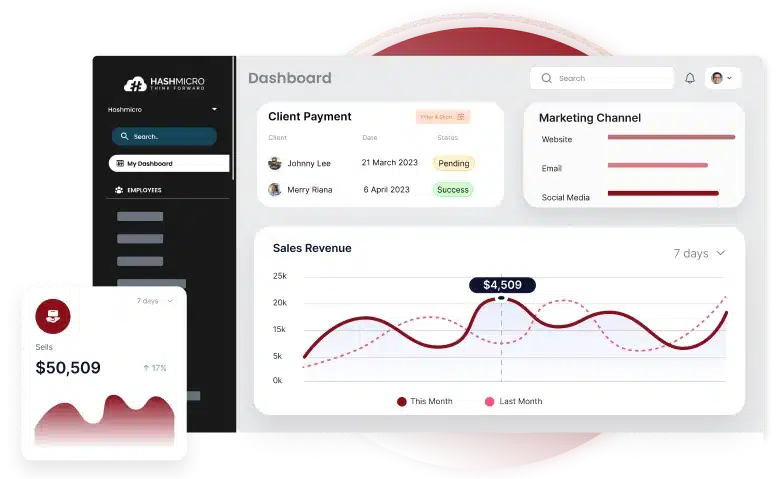
Effective outbound prospecting depends on more than just identifying contacts. The true challenge begins once those leads are in your system, deciding who to prioritize, how to engage them, and when to follow up. Sales teams need tools that remove friction and guide each interaction toward conversion.
HashMicro CRM Software makes that possible. Built for companies operating across Singapore and Southeast Asia, the platform supports outbound efforts by automating routine tasks, consolidating lead data, and enabling faster, more focused decisions at every stage of the pipeline.
Here are the key features of HashMicro CRM software:
- Hashy AI: Hashy AI from HashMicro integrates with your website, landing pages, social media, and email campaigns to automatically collect and store lead data in one place, eliminating the need for manual entry and lost inquiries.
- Lead qualification: The system ranks leads based on predefined criteria, such as engagement, location, company size, or job title, helping your sales team focus on the most promising prospects first.
- 360-degree customer insights: HashMicro provides detailed profiles for each lead and prospect, including communication history, interests, purchase behavior, and stage in the sales funnel. This makes it easier to personalize outreach and move them down the funnel.
- Lead assignment & follow-up automation: Leads can be assigned to specific sales reps based on territory, industry, or workload. The system also reminds reps to follow up, so no lead slips through the cracks.
- Real-time reports and analytics: With customizable dashboards, HashMicro enables you to measure lead sources, conversion rates, and team performance, empowering you to refine your lead generation strategies over time.
Conclusion
Outbound prospecting is a key to meaningful conversations and growth, especially with precision, data, and consistency. While inbound efforts build long-term value, outbound strategies give immediate control over lead generation by reaching decision-makers and filling the pipeline with qualified leads.
HashMicro CRM streamlines sales with automated lead scoring, CRM integration, and multi-channel touchpoints. It offers AI-powered lead capture, automated workflows, and analytics to boost conversions, save time, and support your entire sales journey.
If you’re looking to improve your outbound prospecting results, now’s the time to act. Book a free demo of HashMicro CRM today and discover how it can support your team’s success from the first contact to closing the deal.
FAQ About Outbound Prospecting
-
How should startups approach outbound prospecting with a small team?
Focus on one or two high-converting channels like personalized emails and LinkedIn messages. Use lean tools that combine CRM, email automation, and intent data in one to reduce workload and streamline lead tracking.
-
What KPIs should I track for outbound prospecting beyond email open rates?
Track reply rates, positive engagement rates (such as demo requests), call connect rates, booking rates, and average time to first response. These offer a more complete view of how your outreach is converting into opportunities.
-
How does outbound prospecting differ across industries?
Outbound prospecting varies by industry in terms of outreach tone, channels, and cycles. For example, SaaS sales may rely heavily on email and demos, while construction sectors often prioritize phone outreach and relationship-building over months.


